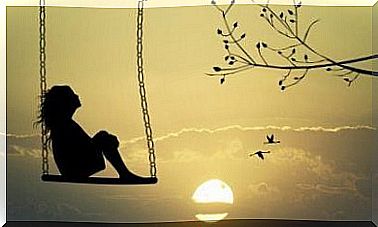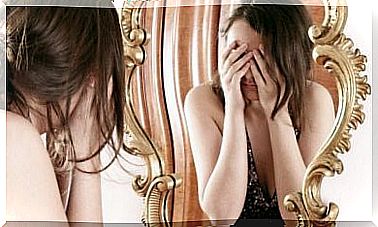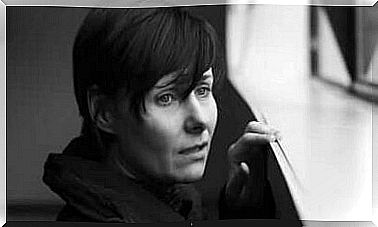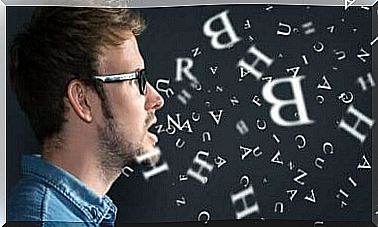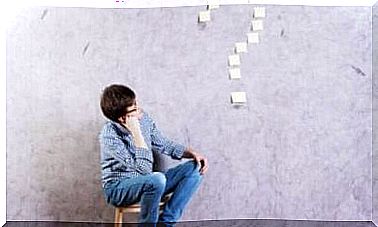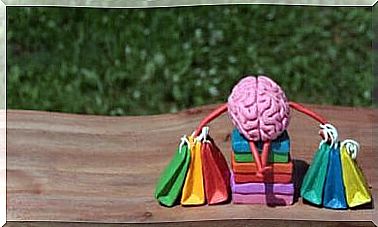Brain Patches: Characteristics And Functions
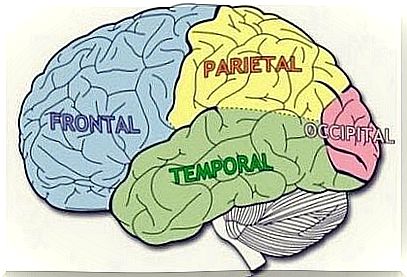
Everything we are lies in our brain. This amazing and enormously complex body is a reflection of our successful evolutionary history as a species. The human brain is divided into four different brain lobes.
Our consciousness lies in these patches. We also form language, store our memory and control emotions and a lot of other processes in these lobes of the brain.
The famous Portuguese neurologist, Antonio Damasio, explains in his book Looking for Espinoza that the brain is more than just a collection of neurons. Not even a comparison of the body with a computer can do that. The brain and any of its structures are a direct result of our interaction with our surroundings.
We are what we see, feel and experience as well as the way we respond to stimuli and circumstances. The brain is formed after each experience. The brain lobes are the ones that control the processes of forming characteristics. By finding out each of these processes, we can gain a greater and more complete understanding of the human brain.
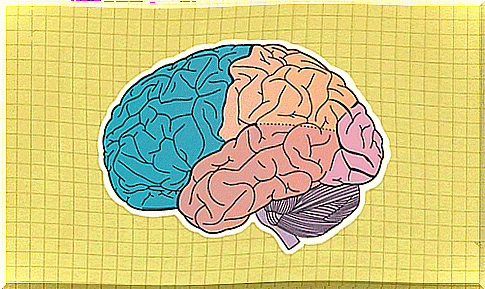
Brain lobes and their function
When we think of brain patches, we tend to make the mistake of seeing separate structures that are independent of each other. Therefore, it is important to understand that there is no internal barrier between them. The four areas that make up the brain always work in harmony and constantly share information.
Although each brain lobe on the one hand has individual characteristics, this does not mean that only one area exclusively controls a specific task. Many activities and processes overlap in different brain lobes.
This means that one area cannot function without the intervention of another. This is why, in the event of a brain injury, its functions can be taken over by another area. This may or may not affect the efficiency of the process.
Even researchers may disagree on where one brain lobe ends and the next one begins. But what they agree on is that there are two clear areas: the right and the left half.
This is why we can find each of the four lobes of the brain that make up the brain in both halves. And neurologists like to talk about the right frontal lobe and the left frontal lobe and so on. Let’s look at the characteristics of each brain lobe.
The frontal lobe, the anterior of the four cerebral lobes
The frontal lobe is a clear result of our evolution. It is located just below the skull close to the forehead. It is the most acute part of our brain that took the longest time to form. Here are some of the tasks that this lap is responsible for:
- Language and speech. It is thanks to the brocas area, an exceptional area that allows us to translate thoughts into words.
- Similarly , the frontal lobe stands out, especially because of the cognitive processes, these sophisticated governing tasks, which allow us to plan, focus our attention, preserve memory for a long time, understand what we see, regulate emotions and so on. .
- The frontal lobe also allows us to understand and respond to other people’s emotions. Basically, it forms our empathy.
- The frontal lobe regulates motivation and seeks rewards for our actions. Most of our dopamine sensitive neurons in the brain are found in this lobe.
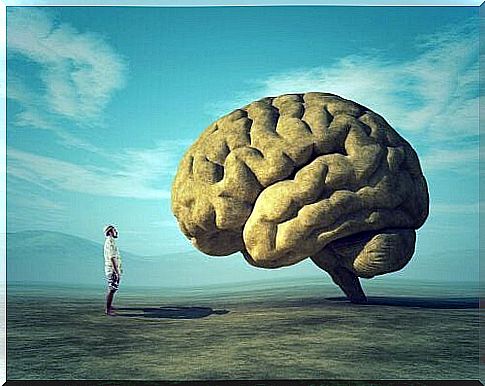
Isselappen
- The ice patch is above the neck patch and behind the frontal patch. It has several features. But what sets it apart from the other brain lobes is that it is responsible for sensory perception, inclusive understanding, movement, and orientation.
- Furthermore, it is this area of the brain where the brain receives sensory information from our sensory organs. This is where we form and regulate pain, physical pressure and temperature.
- In the same way, thanks to this area, we can understand the world of numbers. It is very relevant to mathematics.
The nape of the neck
Among the areas of interest in the four lobes of the brain, the lobe of the neck is the smallest, but also the most interesting. It is close to the neck and does not have a specific function. It is almost like a path for all the other mental processes that they have to go through and connect with the other areas.
- This area provides visual perception and recognition.
- The nape of the neck is especially responsible for our sense of sight. In fact, it is involved in several tasks such as recognizing patterns and making processes and sending visual information to the brain stem.
- It helps to distinguish the colors.
- It also makes sure to be part of our thought processes and emotions.
Tinding flaps
This patch is located right next to the temple and regulates a lot of processes. As research suggests, it is difficult to link specific tasks to a particular brain lobe. They all depend on each other and they are connected and work together in harmony. The tasks that take place in this patch are:
- It helps to recognize faces.
- It also participates in the pronunciation of language and sound and music comprehension.
- The temporal lobe also ensures physical balance.
- It regulates emotions such as motivation, anger, anxiety and pleasure.
The free brain lobe
Throughout this article, we have talked about four brain patches. From a neuroanatomical point of view, many studies suggest that there is a fifth area that we call the free brain lobe. There is a hidden brain lobe under the other four brain lobes. It is a distant and complex area that shares space with different veins and arteries.
We do not yet know much about the free brain lobe. Nevertheless, experts have seen various processes and changes in patients suffering from epilepsy and who have injuries in this particular area of the brain.
This brain patch helps determine taste, controls spontaneous functions and self-awareness. Since it is part of the limbic system, it can also help control emotions.
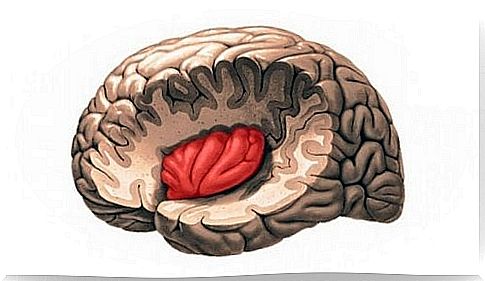
Boundaries between brain lobes are blurred
As a conclusion, science suggests that the cerebral lobes form a fascinating map of the processes and connections that are in the brain. But it is difficult to establish clear boundaries for the features.
The most interesting patch is definitely the frontal lobe because it is responsible for executive functions. In fact, it is responsible for important processes such as planning and controlling stimuli.
